Before D M And Texts
Jun 14, 2019 • 5 views
Before all the DMs and WhatsApp and texts there was a whole different era. When smartphones existed in imagination and phones were not available much, there were postcards.
History:
The first ever postcard was a piece of cardboard with painted drawings on it. It was posted by a writer, Theodore Hook, in London to himself in 1940. It had a penny black stamp. He created it as a practical joke but who knew right? And that postcard was sold for a record of £31,750.
And in the United States of America, the first commercial postcard was created in the year 1861. They had a border but no images problem on them.
In 1870, postcards without any images but a printed stamp were issued in Britain. The stamp was included with the price. They came in two different sizes.
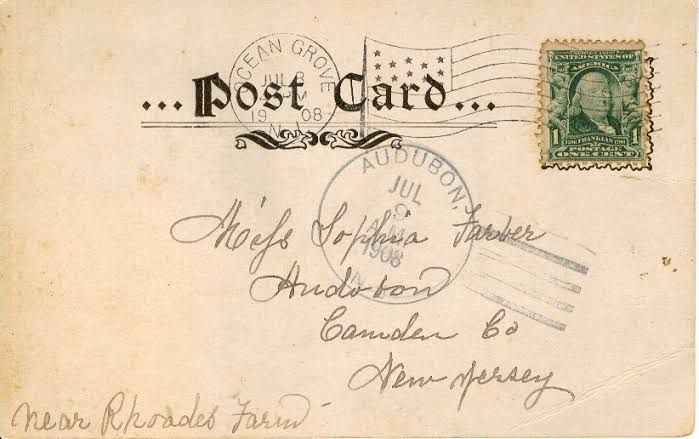
The first printed postcard with pictures was published in 1870 in France at a soldiers' training camp by Leon Besnardeau.
As a hobby:
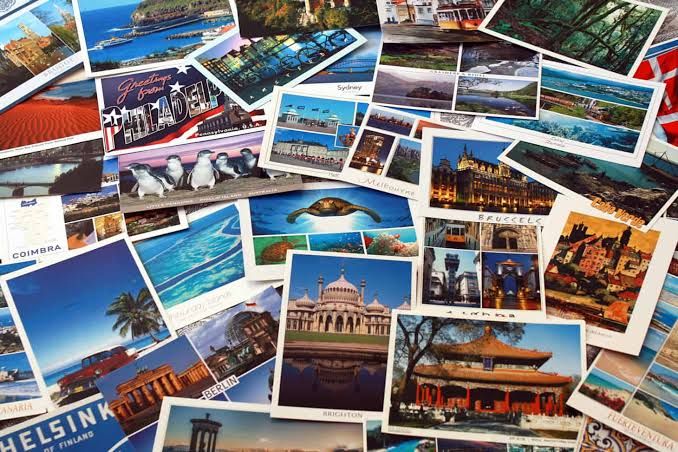
Collecting postcards is a widespread hobby. The image illustrated on the postcard determines the value of it. The other important features that matter to collectors are the countries, issuers and authors. There are online catalogues available for collector websites and clubs.
Some interesting facts :
The most featured monument on the postcards is the Eiffel Tower. There were about 5 billion postcards with this monument on it and were all sold since 1889.
On the first day of sale, 1,40,000 postcards were sold in France. This huge success inspired other countries to adopt the idea of postcards.
The most expensive postcard that was auctioned in history was sent by Picasso to Apollinaire in 1918. The postcard featured a portrait of a cubist.
By the year 1917 in France, 17 lakh postcards were exchanged every day.
Types:
There are roughly 34 types of postcards. From 3D postcards to Hand tinted postcards, all of them are unique in their own way. Some of the interesting types are:
Kaleidoscopes:
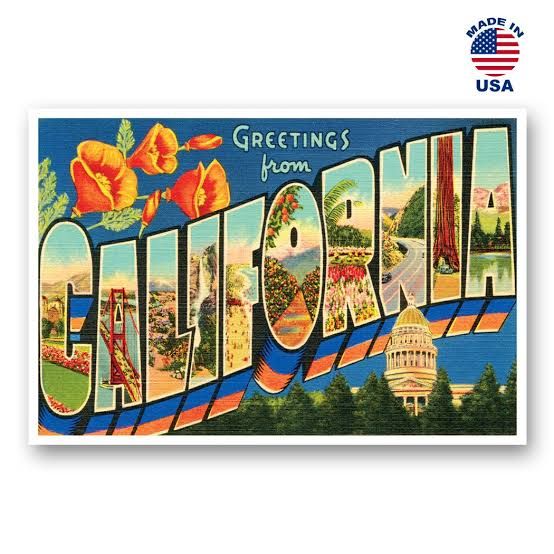
They are postcards with a rotating wheel that display a variety of colours.
QSL cards:

They were used to confirm a successful radio reception on amateur radio, mostly during the world war.
Standard ones:
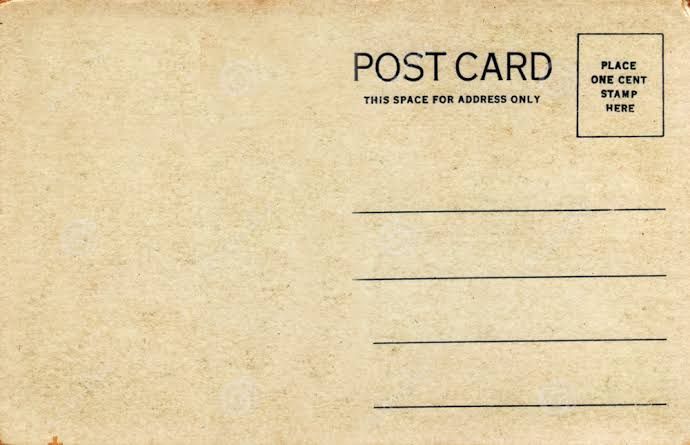
They measure an accurate size of 140mm× 89mm and were introduced in November 1899 in Britain.
Write-away cards:
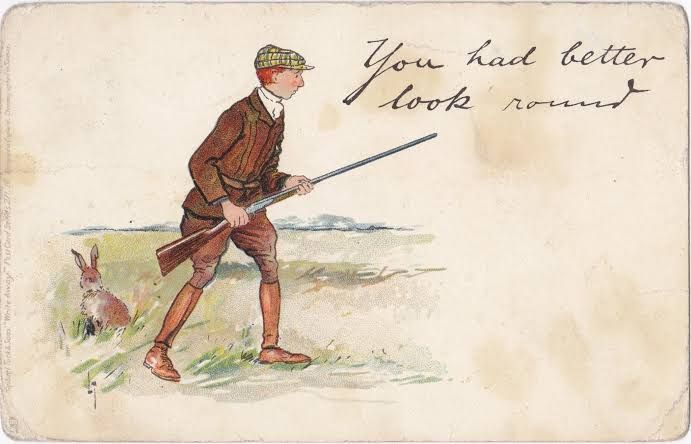
A card with half a sentence or usually an opening line. The writer would complete the sentence and send them. These type of postcards were found in early comic cards.
The old but the perfect way of writing and sending messages. They have become very rare but still they are treasures in the world of communication.
